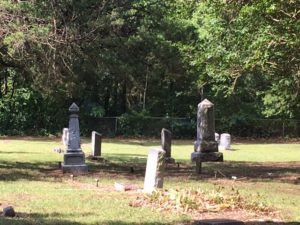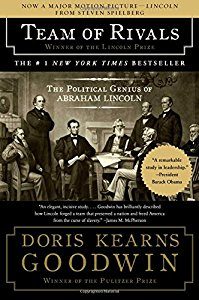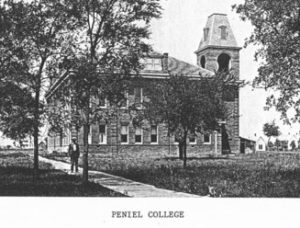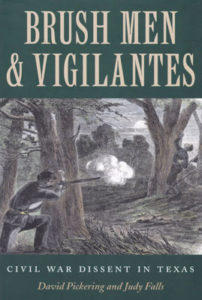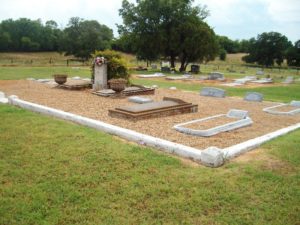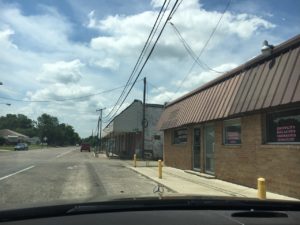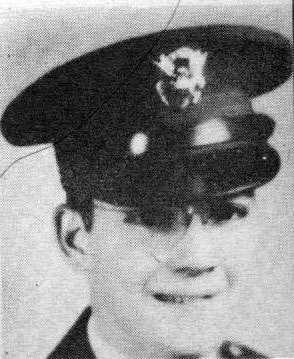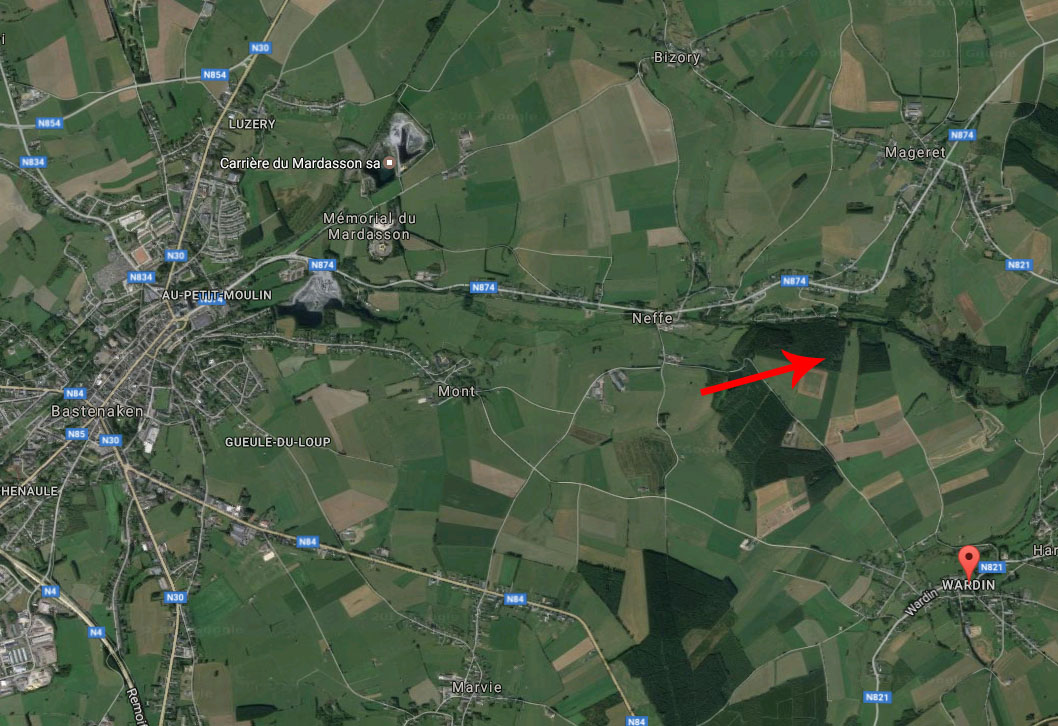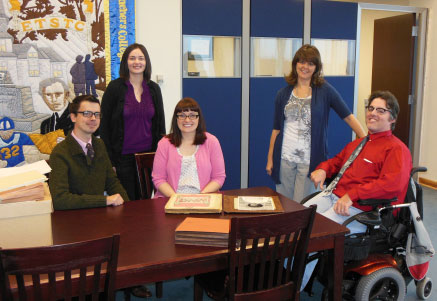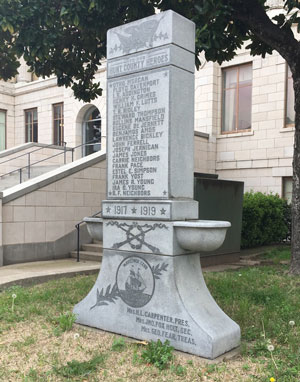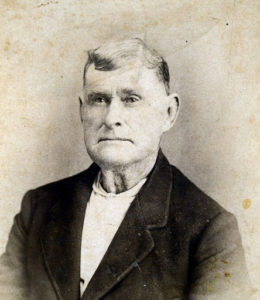
Richard Harrell (1813-1895), farmer and stockman, businessman and lay minister, donated land for the Harrell Campground in northwest Hunt County. The campground was used for camp meetings in the summer. Neighbors gathered from miles around to hear the Gospel preached and to socialize with friends seldom seen. Photograph courtesy Find A Grave.
But 19th century residents often packed up and set off for the nearest camp meeting. Originating in England and Scotland, Camp Meetings were religious services featuring worship, preaching, and communion with socializing thrown in for good measure. The movement crossed the Atlantic in the late 18th century and peaked near Cane Ridge, Kentucky in the summer of 1800. In one week some 23,000 people gathered to hear emotional preaching by evangelists in mass religious meetings. All activities were held outdoors in the woods. Families came in wagons prepared to camp out for the event. Some actually tied the milk cow to the back of the wagon and cobbled up a chicken pen for the family hen and tied it to the rear axle.
Northern and Southern camp meetings varied in support of moral issues. Northerners supported women’s rights, abolition, and temperance while Southerners pushed for temperance. As the population of the country moved westward, evangelism at camp meeting followed.
Here in North Texas, the first known Protestant minister was Rev. William Stevenson, a Methodist preacher who came out of Arkansas. By the time of statehood in 1846, more and more ministers were traversing the region preaching the gospel, marrying couples, and spreading news. They stayed with strangers or slept in the woods in all kinds of weather.
Sometime in the 1850s, the Harrell family who lived northwest of the present site of Kingston opened up a campground in their woods. Every summer, neighbors loaded up the wagon, brought the milk cow, kids and chickens for a week of religion, socializing, and rejuvenation. These meetings usually took place in August after it was too hot for gardens to produce many more vegetable, wheat and corn were harvested, and cotton was near bloom. Music and preaching filled the air day and night. Women visited with friends seldom seen. Children were free to roam with others their own age. I have often wondered if men argued politics at that time just before the Civil War.
The Civil War did end the camp meetings. The campsite was abandoned until about 1872 when Mr. and Mrs. Harrell opened it to families fleeing from the war-torn areas of the South in search of new homes and a new start in life. Nothing is mentioned about reviving the religious aspect of the campground.
In 1895 Rev. Eugene C. DeJernett of Commerce purchased land northwest of Greenville on the Sabine River in what is today known as Peniel. His intent was to create a spot where revivals of the old campground venue would be available to all in his religious sect, The Holiness. The precept was so successful that it became the groundwork of Texas Holiness University, later Peniel University.
Today there are few outdoor revivals, just like there are few semi-pro baseball teams around. The audiences were lured away by air-conditioning and television.

